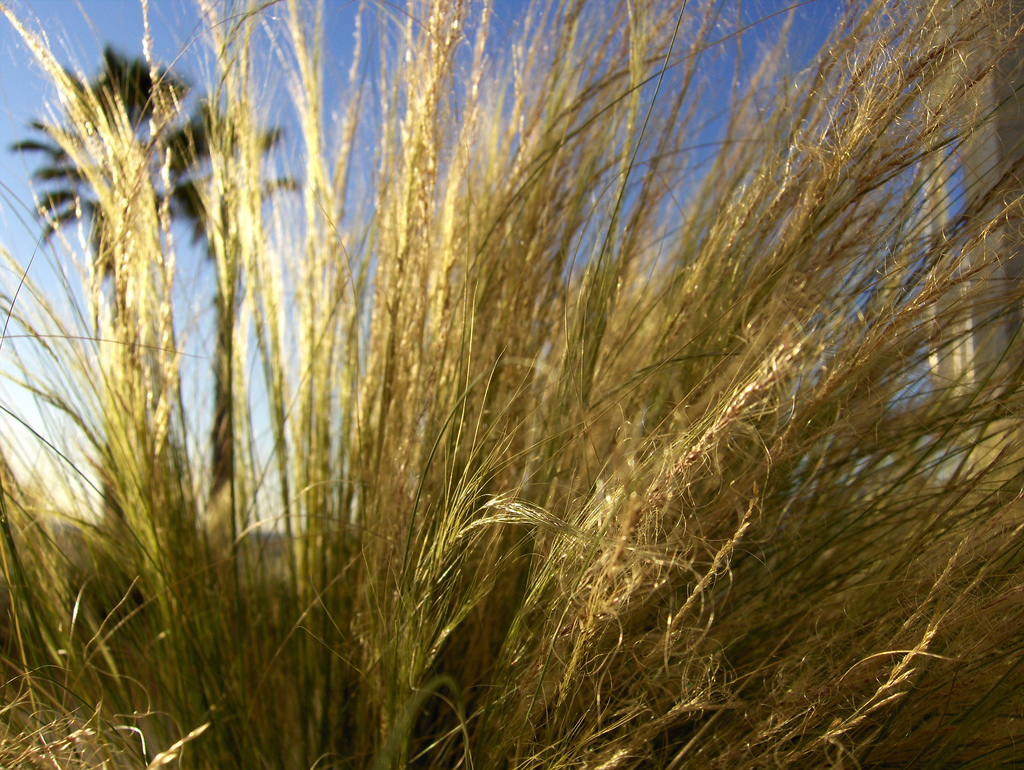The idea behind Delicious is simple, but brilliant. With the click of a button, a user can create a digital “bookmark” to a specific resource. Traditionally, digital bookmarks are stored on one device, a single computer or tablet. With Delicious, the bookmarks are stored online, which can be accessed from anywhere. As opposed to e-mailing a link, using a flash drive, or copying/pasting, users can access their links with one mouse click. Delicious goes even farther with an innovative way to categorize a library of bookmarks. Users can organize their links into “stacks.” Specific stacks, or groups, can then be built and extended to incorporate a vast amount of commonly themed resources. Going further, each resource can be “tagged” to a specific category. These tags are one word descriptors that represent the content of the resource. Tags then group commonly themed resources together. The method of tagging bookmarks and sorting them into stacks provides far more flexibility than traditional folders for “Favorites.”
Despite being very new to the world of Delicious, I found it very easy to use. From the first stack I created to the tags for my newly developed bookmarks, everything seemed simple. I was very surprised at the simple, yet innovative nature of this resource. As a teacher, I was happy to see that this resource would be easy for students (even early elementary aged) to use. As I was exploring this resource, I created several stacks that I wanted to share with my students. I set the stacks to “public” for sharing purposes, so that my students could access the resources. When tagging resources, I found common threads within the resources that I had not previously noticed or recognized. I look forward to sharing Delicious with my students next week.
One way that I am really looking forward to using this website is with student research projects. Realistically speaking, researching specific concepts, for third grade students can be a bit of a challenge. With the inability to access many websites at school, I often find myself searching for links and complex URLs that I had accessed at home. With Delicious, I can find meaningful and accurate websites at home, and can instantly share them with my students. In addition to cutting down on the amount of time my students spend “browsing” for information, it ensures that the students have access to safe and appropriate online sites. Professionally, I am looking forward to using the stacks and bookmarks of other educators to locate valuable online resources. The internet is such a vast library of material that sometimes it is hard to filter through the information. With Delicious, you can view what other people have determined to be meaningful and relevant, and can instantly access it.
There are so many uses for Delicious in education. I am looking forward to further exploring this great resource.

 RSS Feed
RSS Feed
